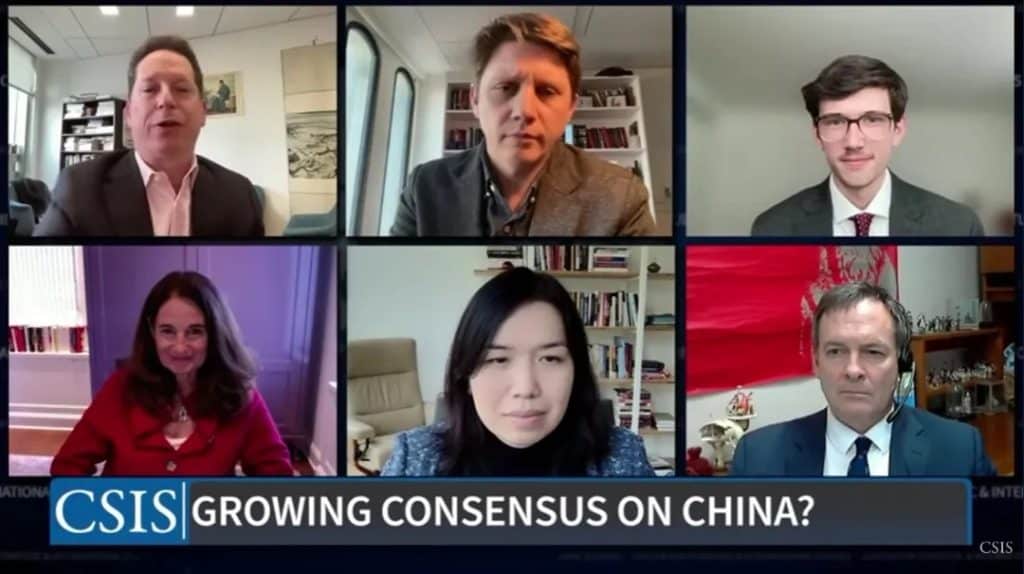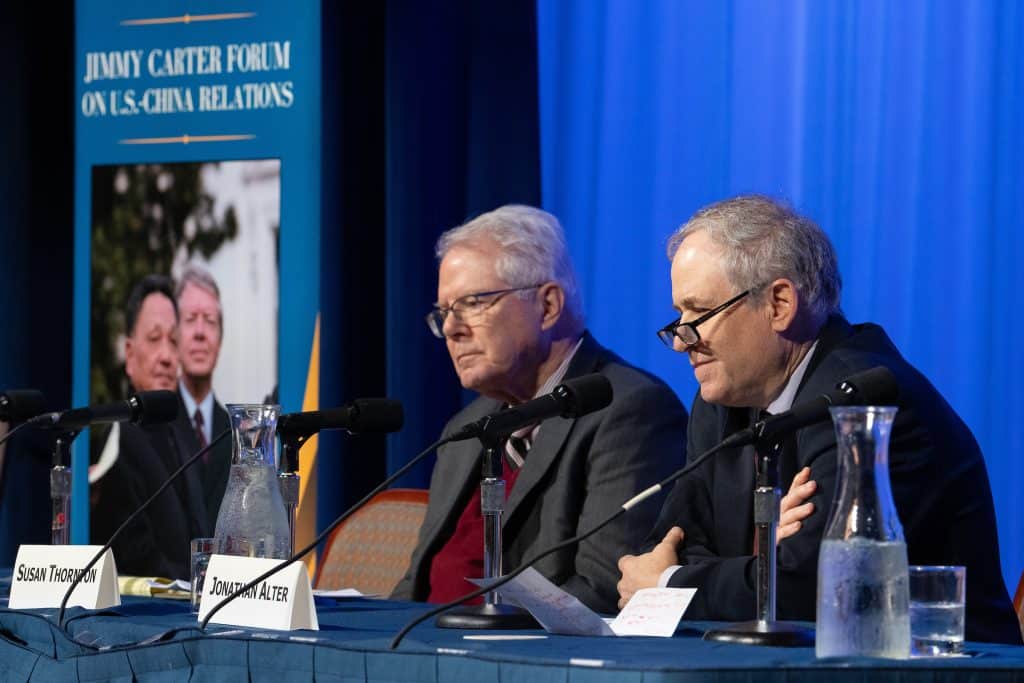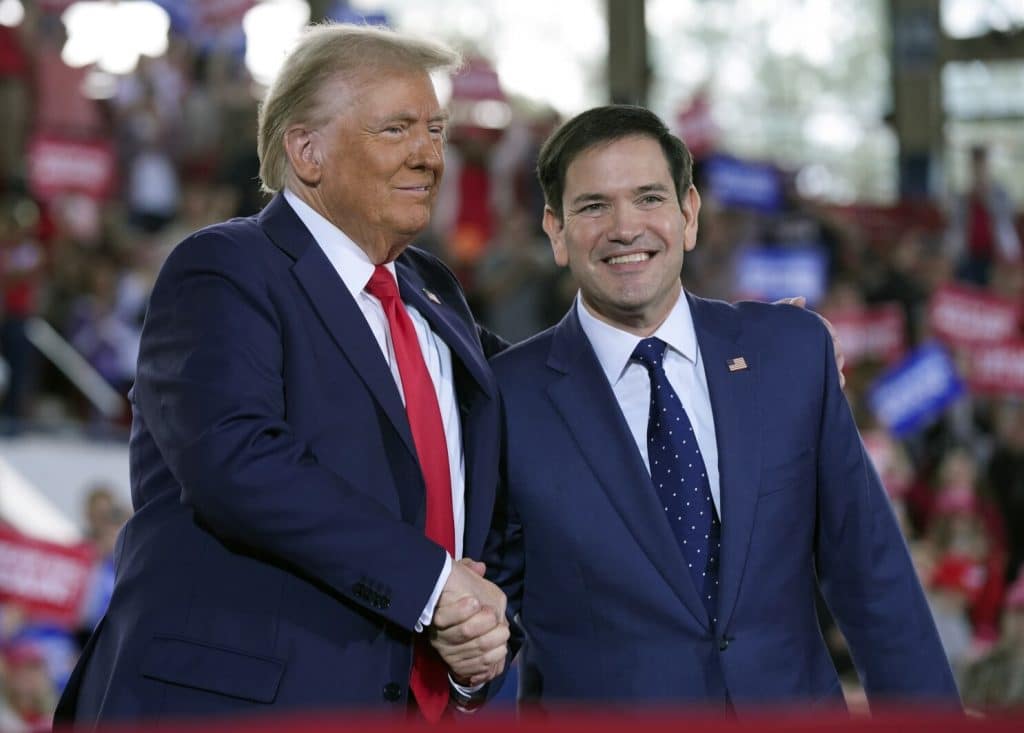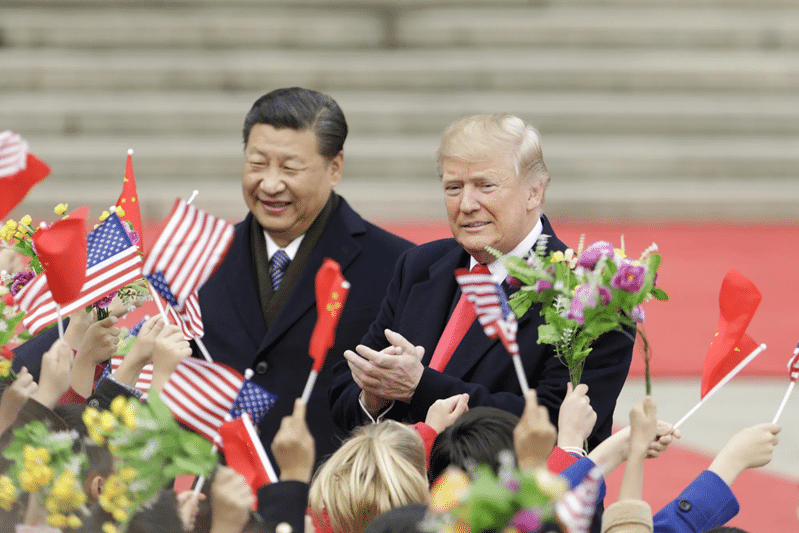美国将军登普西举办美中军事合作历史图片展(英文)
作者:Jim Garamone 来源:
原文摘要:
2015年3月18日,五角大楼举办了名为“国家记忆”的摄影展,照片记录了美国和中国军人曾在二战期间一起工作时的情形。中国和美国在二战期间是盟友,曾有超过25万的美国人在下陆将军约瑟夫史迪威的带领下在中国-缅甸-印度战区一起工作。战区将军史迪威的孙子,退役陆军上校约翰伊斯特布鲁克,在活动的开幕式上提及,人们更容易忽略美国当时在中国的军事投入,尤其是比起它在欧洲和太平洋战场投入的军事力量。而在中国,同样的,所提到和美国的合作都是记录在灾区的合作。而记录当时美国与国民党联系的相关照片,信件,和备忘录都已在中国的反右运动和文化大革命中被销毁。
英文原文:
The chairman of the Joint Chiefs of Staff opened a photo exhibit today at the Pentagon that puts America’s relations with China in a new light.
Army Gen. Martin E. Dempsey praised the exhibit – titled “National Memories” – which shows American and Chinese service members working together during World War II.
The United States and China were allies during the war, and more than 250,000 Americans served in the China-Burma-India Theater under Army Gen. Joseph Stilwell. Retired Army Col. John Easterbrook, the grandson of that theater commander, spoke at the opening ceremony about the campaign. Actions in Europe and in the Pacific overshadowed the scope of the effort in the region, he said, and many present-day Americans are surprised to learn of the U.S. effort against Japan in China.
In China, too, the American effort in the country was forgotten, but for other reasons. Following the war, a civil war broke out in China, and with the victory of Mao Zedong’s Communist party all mention of cooperation with America was stricken from the record. “Many photos, letters, memorabilia that might link someone to the defeated Nationalists were destroyed,” Easterbrook said. “Anything that survived was destroyed in the anti-rightist campaigns and the Cultural Revolution.”
Uncovering History
Into this historical void stepped Zhang Dongpan, who also spoke at the exhibit opening. “In 1999, a friend sent me an old photograph from World War II; it showed a U.S. soldier’s funeral at a Yunnan battlefield,” Zhang said via translation.
The photo conflicted with the official history that the Chinese Communist Party defeated the Japanese alone. “That old photo told me that during World War II, the U.S. Army came to China, and at least one American died fighting in China, for China,” he said.
Zhang’s research led him to Easterbrook, and the two worked to contact survivors of those Americans killed in China during the war. Zhang also discovered that the U.S. National Archives had more than 23,000 photos of all aspects of the American interactions with Chinese during the war, taken by Army Signal Corps photographers.
In 2006, Zhang and his team copied and digitized the photos, and in 2010 he opened “National Memories” in China. Millions of Chinese have seen the photos in cities around the country, he noted.
“Today, when you discuss World War II with the Chinese people, increasingly they will tell you [that] in that war, the United States helped us, and we thank you,” Zhang said. Zhang – who served four years in the People’s Liberation Army – now wears a pin based on the shoulder patch of the China-Burma-India Theater, combining the Nationalist sun and the American star.
U.S. Military’s Vestiges of China
Dempsey viewed the pictures and praised Zhang and Easterbrook for their efforts. “This exhibit can help people on both sides of the Pacific remember this part of our shared history,” he said. “You can take pride knowing that your hard work will continue to deepen the understanding and communication between the United States and China.”
There are still vestiges of the U.S.-China relationship in the American military, the chairman said. The Air Force maintains strong identification with the legendary Flying Tigers who fought in the skies over China. “Today’s Army Rangers trace their legacy back to Merrill’s Marauders – that special forces unit in Burma that turned the tide of the war in the China-Burma-India Theater,” he said.
Peace, Security in Asia
“America has long-standing interests in peace and security in the Asia-Pacific region, clearly demonstrated then as today,” Dempsey said. The chairman has made a number of trips to the region, including a trip to China last year, and has hosted Asian leaders at the Pentagon.
“In this venue, I think it is particularly important to point out Japan’s solid record as a staunch U.S. ally for the past 70 years,” Dempsey said. “Their demonstrated commitment to peace, prosperity and security in the region and the world shows that the Japan of the era of these photos is no more.”
Photographs are ‘Source of Pride’
Chinese defense and air attaches attended the opening, as did combat cameramen from the 55th Signal Battalion. They are the military descendants of the men who shot the photos from 1942 to 1945 – the 164th Combat Camera Company. Zhang praised those shooters, saying “the courage they showed going to war, armed only with a camera in order to preserve history, has left an indelible mark on our shared heritage. Their photographs of China’s lost military heritage have become both a source of pride for us and a challenge to pursue the power of truth.”
Zhang said he will continue his education effort in other American and Chinese cities.
The exhibit is at the apex of corridors 1 and 2 on the Pentagon’s third floor.
来源时间:2015/3/26 发布时间:2015/3/26
旧文章ID:2820








